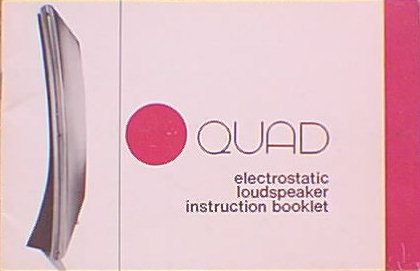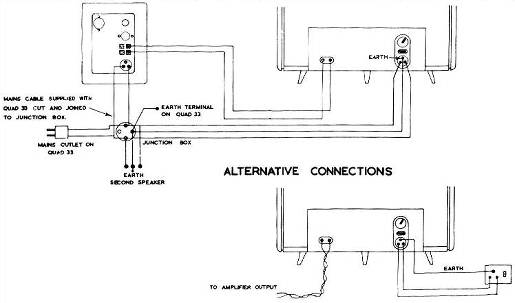|
|
|

Page Three

Page Four
Page Five

Page Six

Page Seven
Page Eight
Page Nine
Page Ten
| 6 ft. on axis in free space 93 dB referred to .0002dynes/cm² in frequency range 50 c/s.-10 Kc/s | |
| MAXIMUM OUTPUT | 100 dB referred to 0002 dynes/cm² in range 70 c/s. - 7 Kc/s. Total integrated radiation equivalent to 95 phons in enlclosures up to 5,000 cubic feet with average reverberation. |
| BANDWIDTH | 45 c/s.-18 Kc/s. Rate of attenuation outside band asymptotic to 18 dB/8ve. |
| DISPERSlON | Approximately 70° Horizolltal 15° Vertical. |
| IMPEDANCE | 30-15 ohm in range 40 c/s.-8 Kc/s. falling above 8 Kc/s. |
| AC POWER CONSUMPTION | Negligible. |
| AC VOLTAGE RANGE | 100-120, 200-250 volts 50-60 c/s. |
Page Eleven
Last updated on April 03, 1998